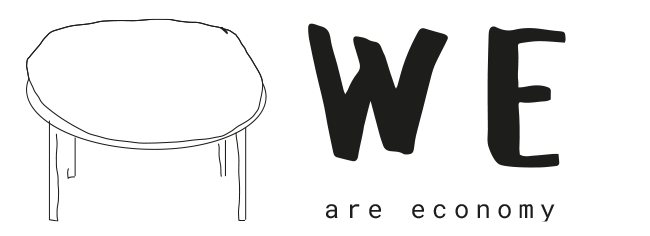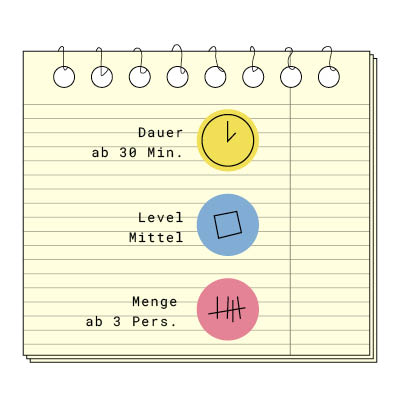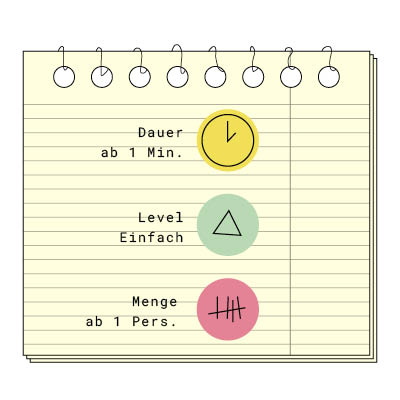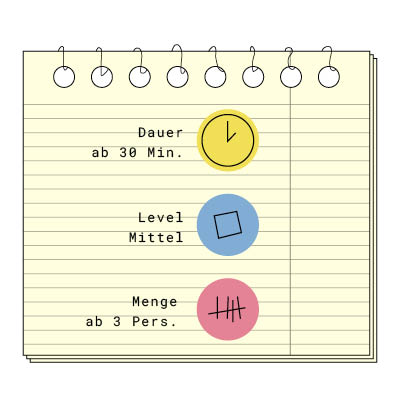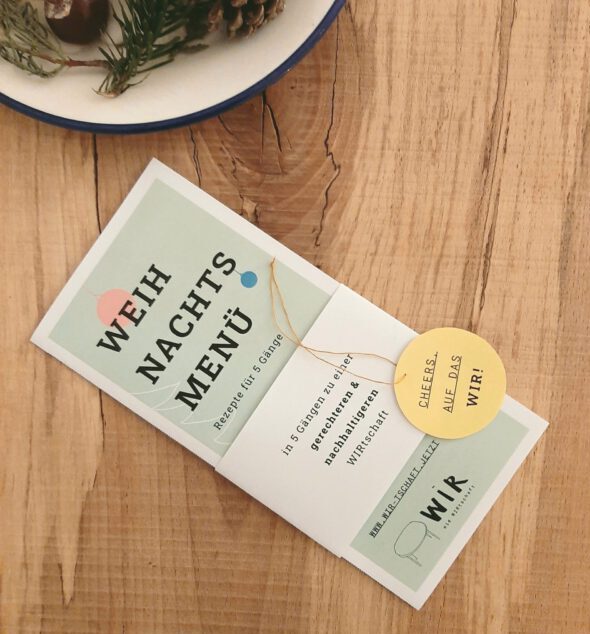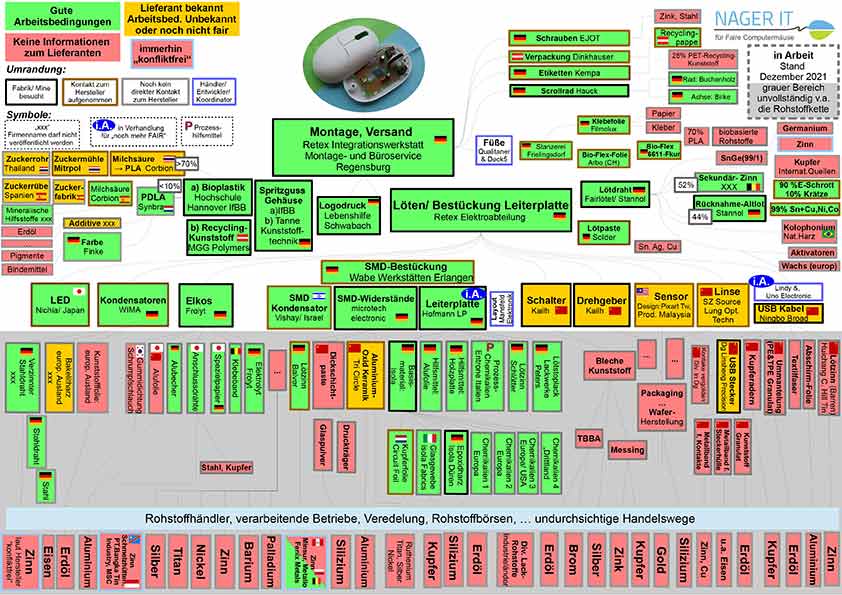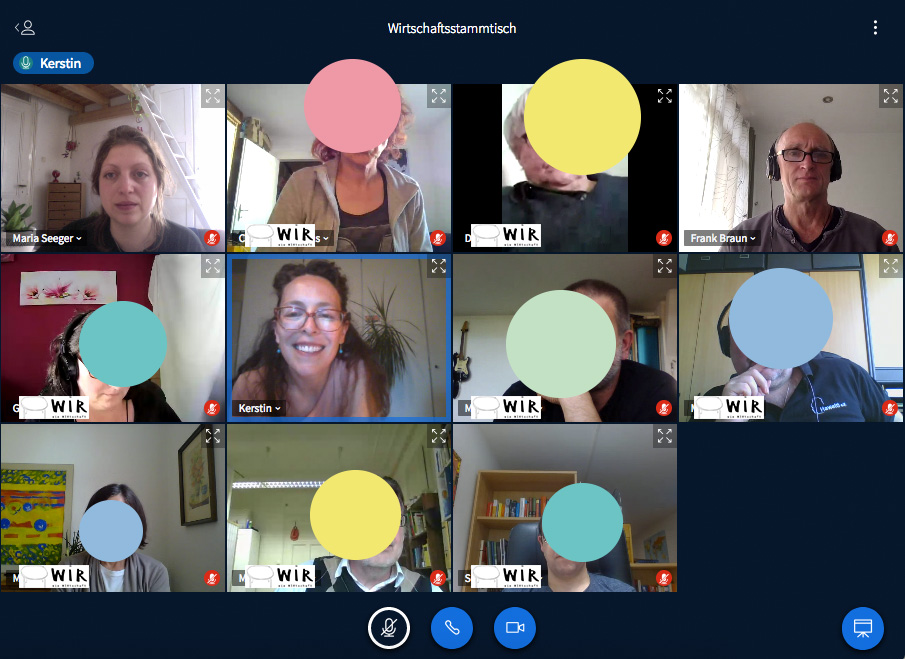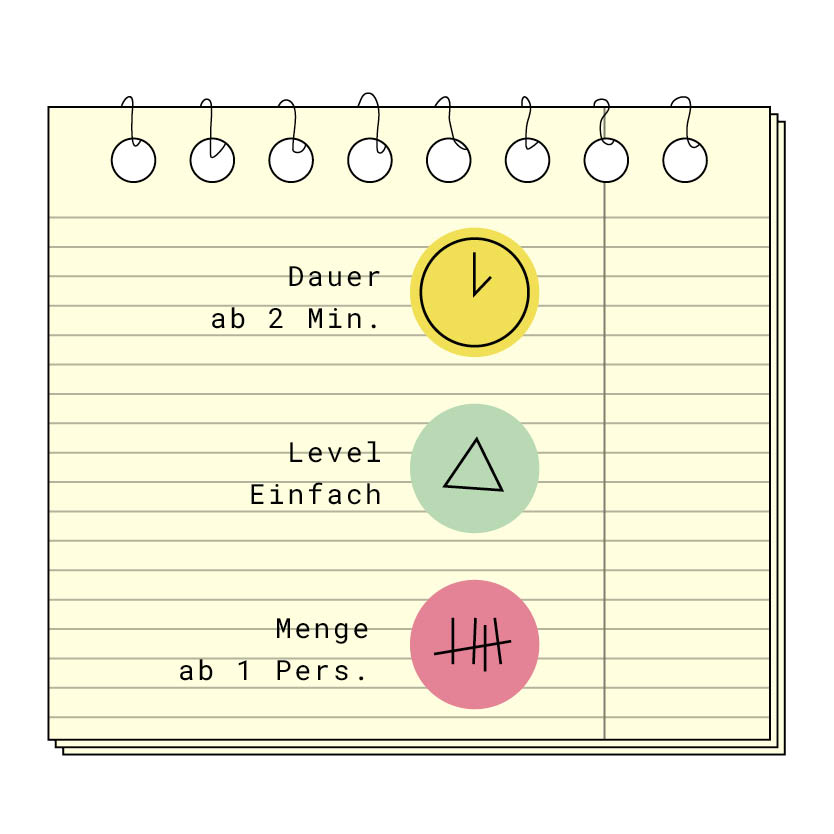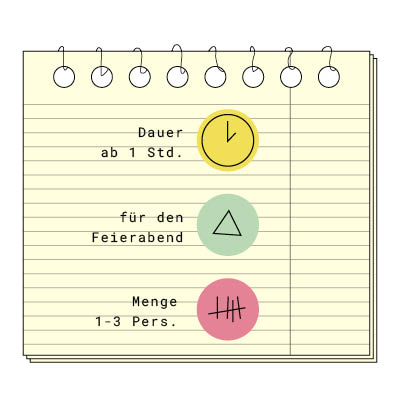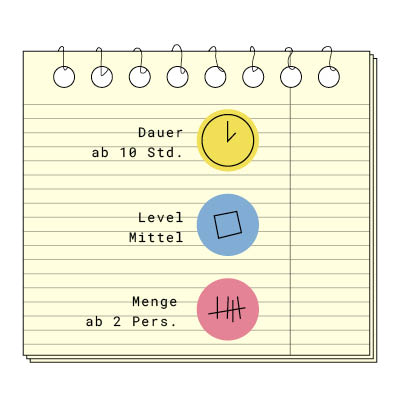As nature lovers, you probably know the term permaculture from your garden. There, it is certainly self-evident to you that diversity is an important building block for a thriving garden. But permaculture is an approach that can be applied to all areas of life. It takes the following ethical principles into consideration: Care for the Earth, Care for People, and Care for the Future - this third ethic is often referred to as "fair share." Sharing surpluses and reducing consumption. Permaculture takes nature as its model.Patrick Whitefield, author of The Earthcare Manual, called permaculture "the art of designing beneficial relationships." Here, plants in the garden are not considered in isolation, but in terms of how they affect each other, how they interact, how we can get a diverse yield from each element. Much can be learned from this also for our interactions at home and at work.
How does change happen? How can we create a healthy breeding ground for the much-vaunted sustainable development at all levels, especially in the workplace? How can we develop the skills to make the long overdue change in our lives a success? In my opinion, the key to this is our culture, how we deal with each other. In the ECONOMY we want, respect, tolerance, diversity and openness prevail. In this context, this could mean shaping our organization in such a way that transparency, permeability and co-determination are natural components of our daily interaction, and that our vision and values also reflect this. That, for example, failure is just as much a part of daily life as success. Social permaculture and sociocracy can create a healthy soil culture in organizations, on which motivation and joy of work can grow again.
The essential insight of social permaculture is that while it is difficult to change the individual, we can create social structures that foster beneficial patterns of human behavior. We can seek to create conditions in our environment that foster nurturing, empowering relationships.
The relationships between plants, insects, soil, water and microorganisms, complex as they may be, are relatively simple to manage. We are far more complicated beings in their web of relationships. Each:r of us has individual needs and goals. Our needs and goals often collide with each other, power structures get in the way of finding solutions more than they help us, and we often do not have the resources we need to resolve conflicts. This is even more complex in the professional context, where in addition to the relationship level, the dimensions of income, power realization and career thinking, etc., also have an impact on everyone's behavior. In most cases, we have internalized competition and self-interest as key drivers. These systems affect us deeply, often unconsciously, no matter how much we regret them and fight against them. But constant cost and optimization pressures also have a destructive effect on organizations and the people working in the system. This is particularly noticeable among people in nursing, hospitals and social work, where the intrinsic benefit is often matched by little economic value, and so the actual goal of the work, to see people as a whole, to work with head, heart and hand, is lost sight of. This leads to a loss of identification with one's own work, loss of motivation, and, in the worst case, to "inner resignation" or even burnout.
According to Diana Leafe Christian, author of the book, Creating a Life Together, 90 percent of intentional communities – fail in large part because of conflict. This statistic represents a tremendous amount of shattered dreams, personal pain and wasted resources. This is likely true for NGO's and companies alike.
But there is another way! With the help of social permaculture, it is possible to create a cultural breeding ground in organizations that promotes creativity, solution orientation and a sense of community in the entrepreneurial actions of employees. In this way, a cultural framework can be created in which co-responsibility and cooperation of all are the basic elements of togetherness. In this way, appreciation of diversity could lead us to value our differences instead of letting them separate us. Wouldn't it be much more pleasant for everyone to work together instead of against each other and thus deepen rifts? It is important not to lose interest in each other, to listen to each other and to understand where the roots of each other's fears and concerns are. These are not always rational. All this does not create a common agenda for possible solutions, but it helps to see things through each other's eyes and to build bridges on which we can meet again. We could all be such bridge builders. This thought makes me feel very Christmassy.
____________________________________________
Author: Frank Braun, www.fairbinden.eu
